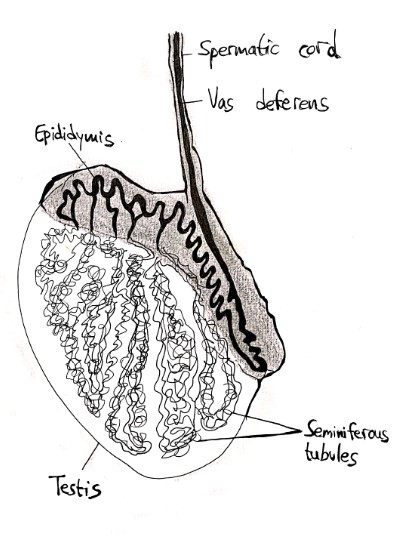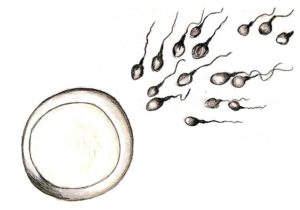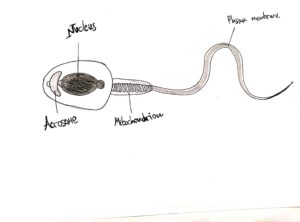Electroejaculation (EEJ) is a quite common technique that can be used to obtain a semen sample in men who for any reason, whether psychological, neurological, physiological, or otherwise, have trouble producing ejaculate. It offers a safe and effective alternative to achieve motile sperm, which can then be used for Intra-Uterine Insemination (IUI) or ICSI-IVF or to be frozen for future use. EEJ has quick recovery time and most men are able to return to work the following day.
The procedure is usually performed under general anesthesia, blood pressure, and heart rate monitoring throughout. Rectal exams are performed both before and after the procedure, as is the norm when visiting a urologist, to evaluate the prostate condition and in order to check for any residual previously unknown abnormalities (use a different term ), the procedure may cause to present.
Once the patient is ready for the EEJ procedure itself, a catheter is then inserted through the urethra and the bladder is completely emptied. The patient is then laid on his side, and a well-lubricated rectal probe with electrode plates is inserted into the rectum. Increasing frequency and levels of electrostimulation are then applied to stimulate erection and ejaculation, after which the semen sample is collected in a sterile container.
Following EEJ, remnants of the ejaculate are collected from the urethra and bladder as well, as the process often leads to retrograde ejaculation. In anticipation of this possibility, the patient’s bladder is “washed” prior to the EEJ in order to neutralize the sperm-toxic acids in the bladder, creating a friendlier environment for the ejaculate.
If the sample quality is good, it may then be sent to the laboratory and processed for IUI. If sperm quality is poor and therefore unsuitable for IUI, yielded specimen may be used for IVF.



